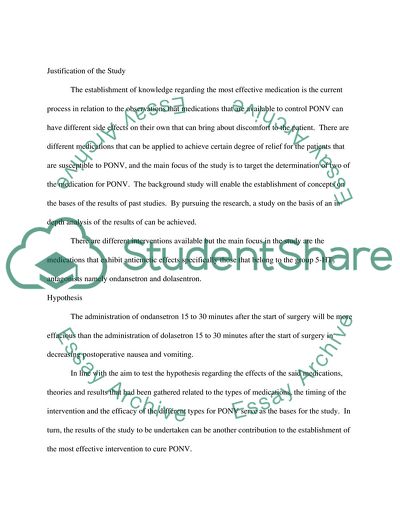Cite this document
(Preparation of the Research Proposal Case Study, n.d.)
Preparation of the Research Proposal Case Study. https://studentshare.org/health-sciences-medicine/1715036-preparation-of-the-research-proposal
Preparation of the Research Proposal Case Study. https://studentshare.org/health-sciences-medicine/1715036-preparation-of-the-research-proposal
(Preparation of the Research Proposal Case Study)
Preparation of the Research Proposal Case Study. https://studentshare.org/health-sciences-medicine/1715036-preparation-of-the-research-proposal.
Preparation of the Research Proposal Case Study. https://studentshare.org/health-sciences-medicine/1715036-preparation-of-the-research-proposal.
“Preparation of the Research Proposal Case Study”. https://studentshare.org/health-sciences-medicine/1715036-preparation-of-the-research-proposal.


